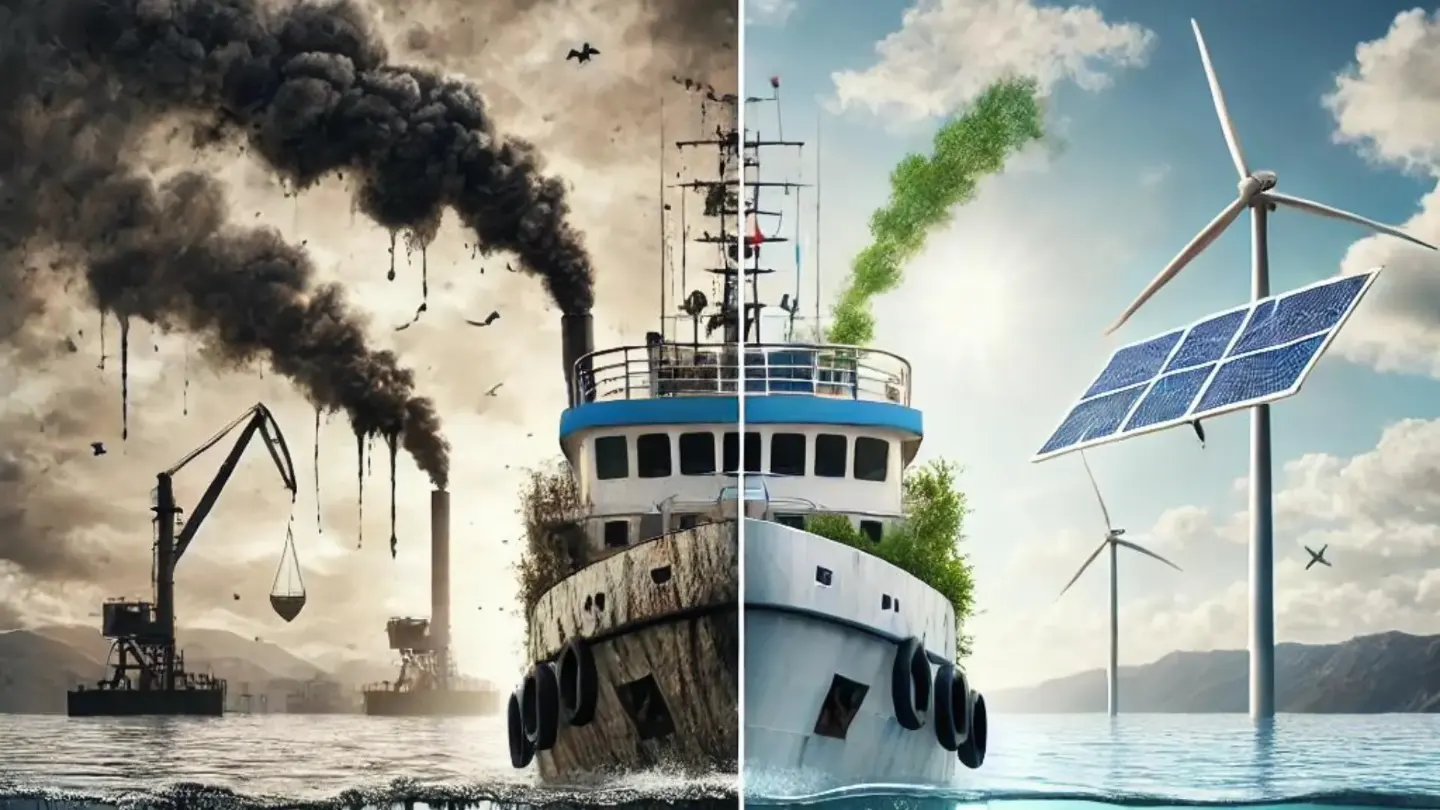For businesses within this sector, R&D tax relief offers a financial incentive to invest in groundbreaking projects that extend technological or scientific capabilities. Understanding the areas of activity which qualify for these tax credits is essential for companies aiming to benefit from government support. Below, we outline key areas of R&D activity that may qualify for marine/maritime tax relief.
1. Advancements in Shipbuilding Processes
Developing new shipbuilding methods or enhancing existing processes often involves significant research and development. Innovations that result in greater efficiency, cost savings, or environmental improvements may qualify for R&D relief.
Qualifying Activities could include:
- Implementing pre-process planning to optimise building methods.
- Block assembly planning to increase shipbuilding efficiency.
- Experimenting with new welding techniques or alternative joining methods for hull construction.
2. Development of New Marine Mechanical Products
Companies that create new mechanical systems or appreciably improve existing ones are well-suited for R&D tax relief.
Qualifying Activities could include:
- Designing compact, high-torque winches or specialised valves.
- Building or retrofitting high-efficiency heating systems for passenger vessels.
- Introducing new propulsion systems aimed at improving speed and fuel consumption.
3. Innovative Propulsion and Hydrodynamic Designs
Projects focused on propulsion and hydrodynamics are crucial for enhancing vessel performance.
Qualifying Activities could include:
- Designing alternative propulsion systems to boost speed, range, and mission capabilities.
- Developing eco-friendly engines or marine fuel cells for cleaner energy use.
- Engineering innovative hull shapes to optimise hydrodynamic flow and reduce drag.
4. Software and Big Data Applications
The integration of advanced software solutions in maritime operations is crucial for driving innovation, improving efficiency, and enhancing safety. Qualifying projects in this area would push the boundaries of existing technology to tackle challenges within the sector.
Qualifying Activities could include:
- Programming software interfaces for navigation, communication, or data analysis.
- Utilising big data to develop systems that improve operational efficiency.
- Implementing AI and robotics to enhance safety measures or production automation.
5. Environmentally Conscious Innovations
With an increasing focus on sustainability, developing technologies that minimise environmental impact are strongly supported.
Qualifying Activities could include:
- Creating systems for processing bilge water aboard vessels to prevent marine pollution.
- Researching biofouling detection and prevention methods to maintain vessel efficiency.
- Developing renewable marine energy solutions, such as wave or tidal power systems.
6. Marine Robotics and Subsea Technology
The use of robotics and advanced electronics has transformed marine exploration and operations
Qualifying Activities could include:
- Designing and building marine drones and remotely operated vehicles (ROVs).
- Creating subsea vehicles equipped with exploration electronics, such as multibeam sonar.
- Developing and testing new bathymetric and hydrographic tools for better seabed surveys.
7. Enhanced Manufacturing Techniques
Improvements to manufacturing processes are vital for producing marine components more efficiently.
Qualifying Activities could include:
- Prototyping and 3D modelling of parts and vessels.
- Innovating manufacturing processes such as lamination, cutting, welding, and assembly.
- Testing new materials for hull construction to achieve better corrosion resistance and longevity.
8. Prototype Development and Testing
Building and testing prototypes are integral aspects of R&D in the maritime industry.
Qualifying Activities could include:
- Constructing and testing first-article vessels or other large components.
- Conducting rigorous quality assurance tests and ensuring compliance with safety standards.
- Developing prototypes that result in significant improvements in product performance or safety.
9. Cutting-Edge Communication and Navigation Systems
The development of advanced communication tools and navigational software ensures that marine operations remain safe and efficient.
Qualifying Activities could include:
- Evaluating radar and weather-tracking components for improved forecasting.
- Enhancing communication devices for more reliable maritime connections.
- Creating new interfaces or touchscreen control systems for central navigation on ships.
10. Application of AI, Robotics, and Automation
The implementation of AI and robotics in marine environments is expanding rapidly.
Qualifying Activities could include:
- Designing robotic systems for shipbuilding tasks or improving worker safety.
- Developing AI-driven algorithms for predictive maintenance or automated ship control.
- Retrofitting existing systems to integrate automation technologies that enhance production efficiency.









